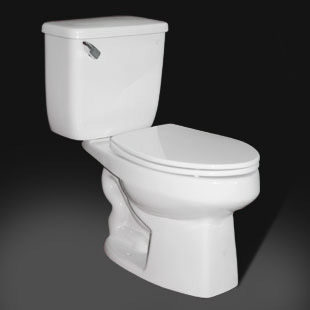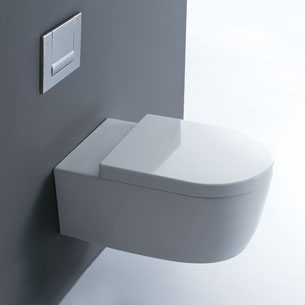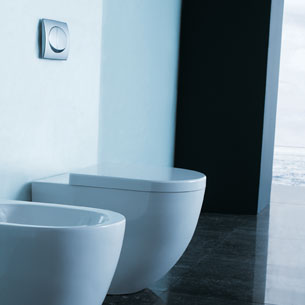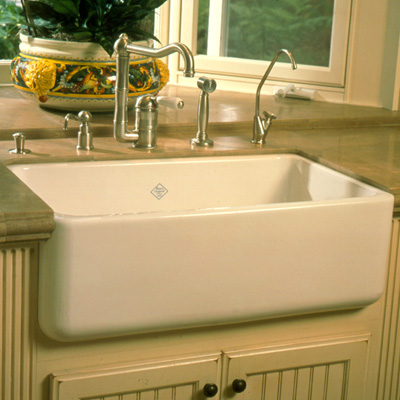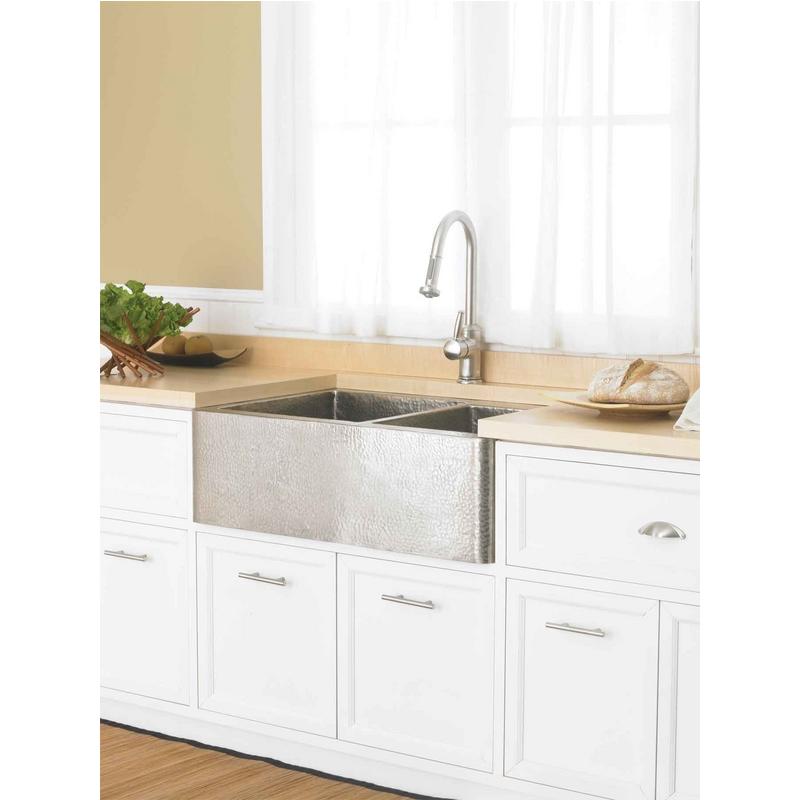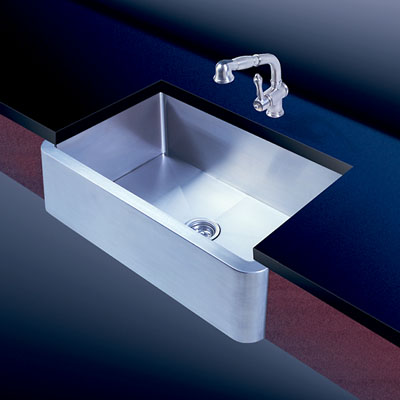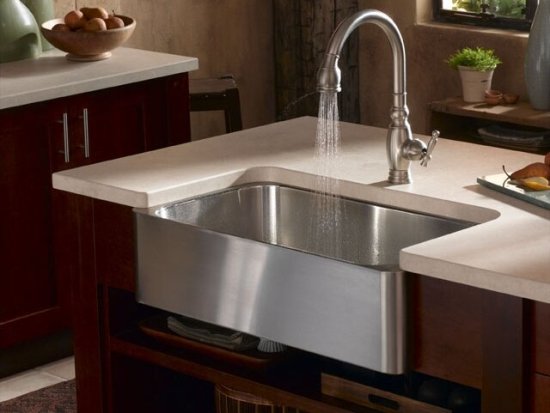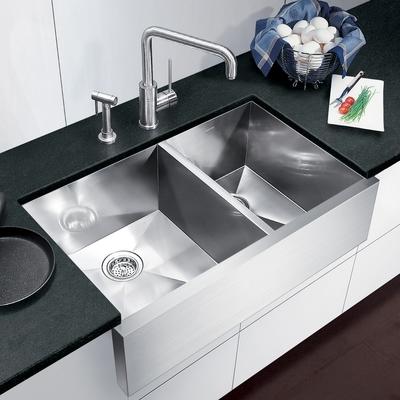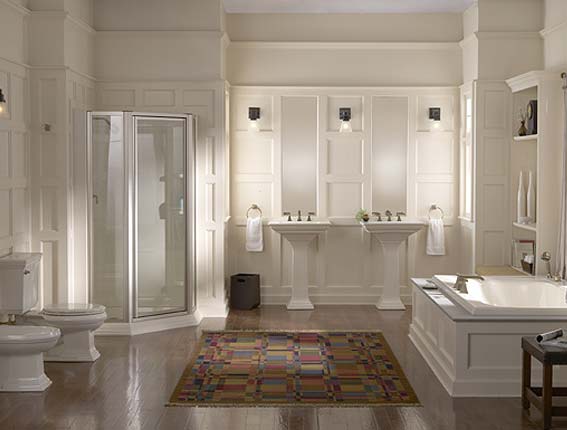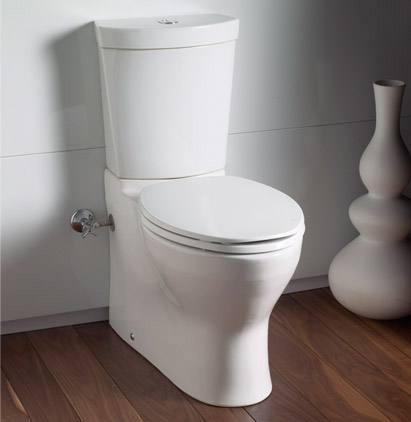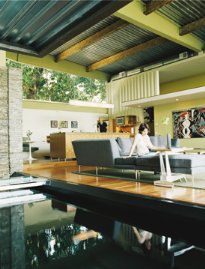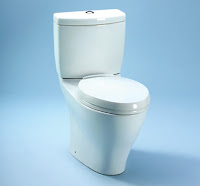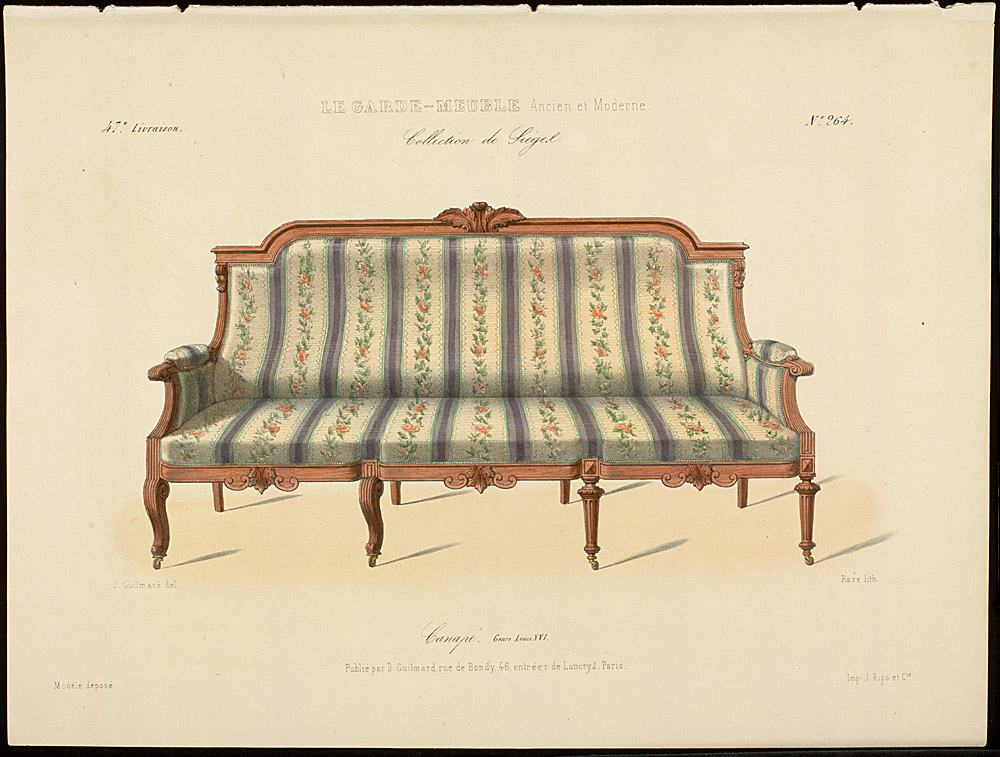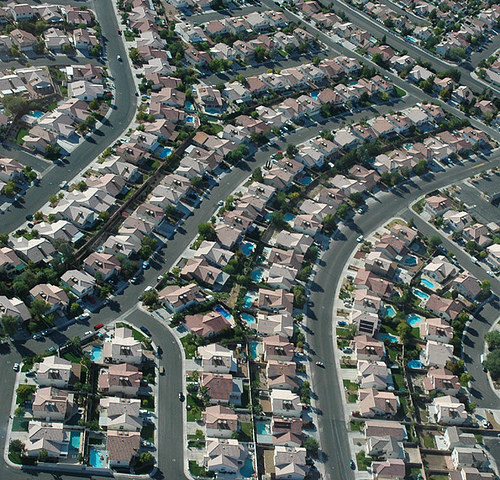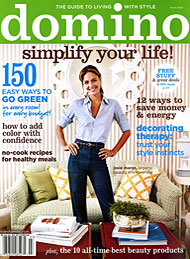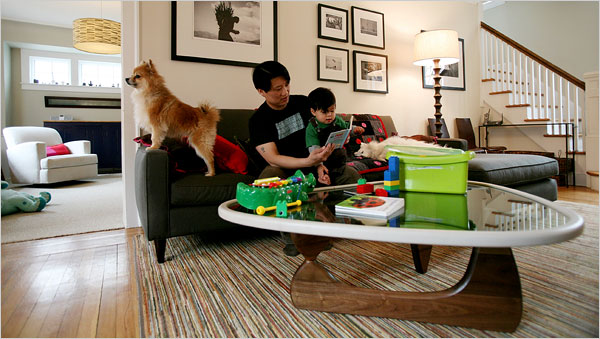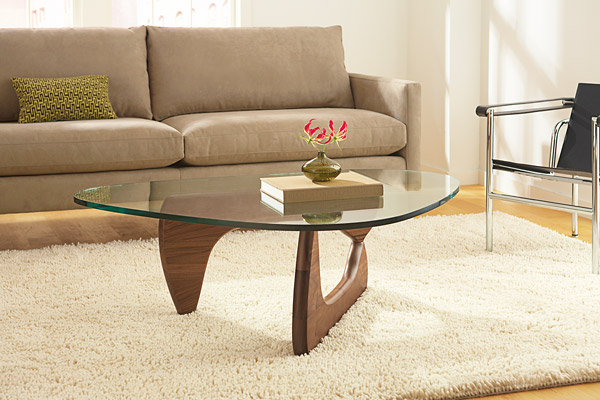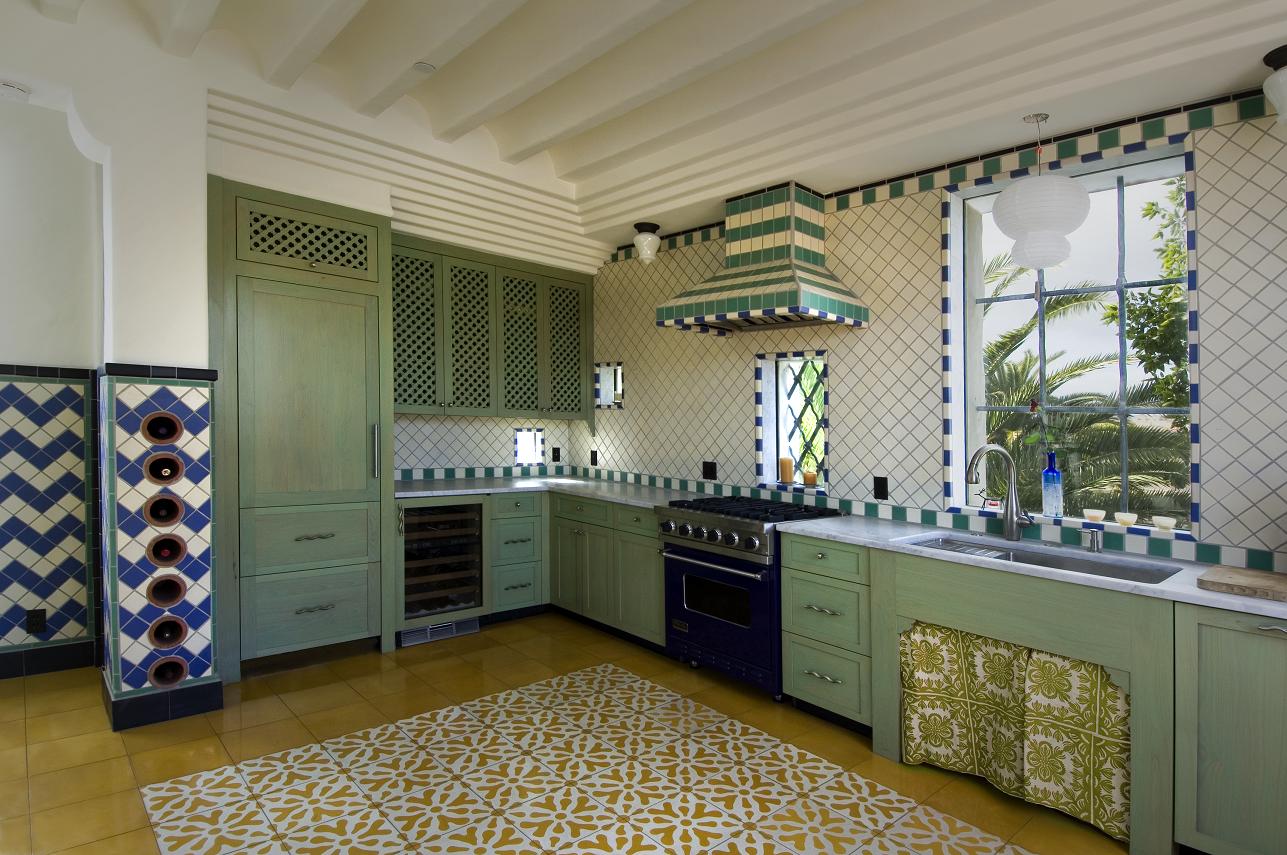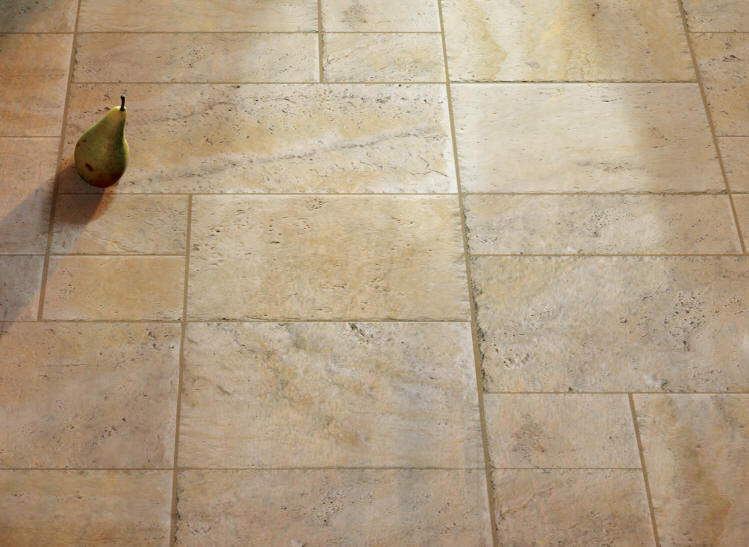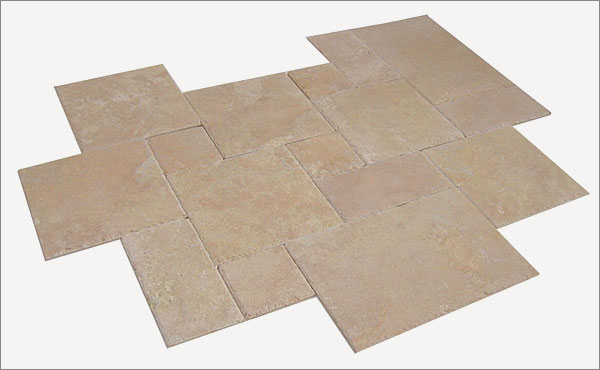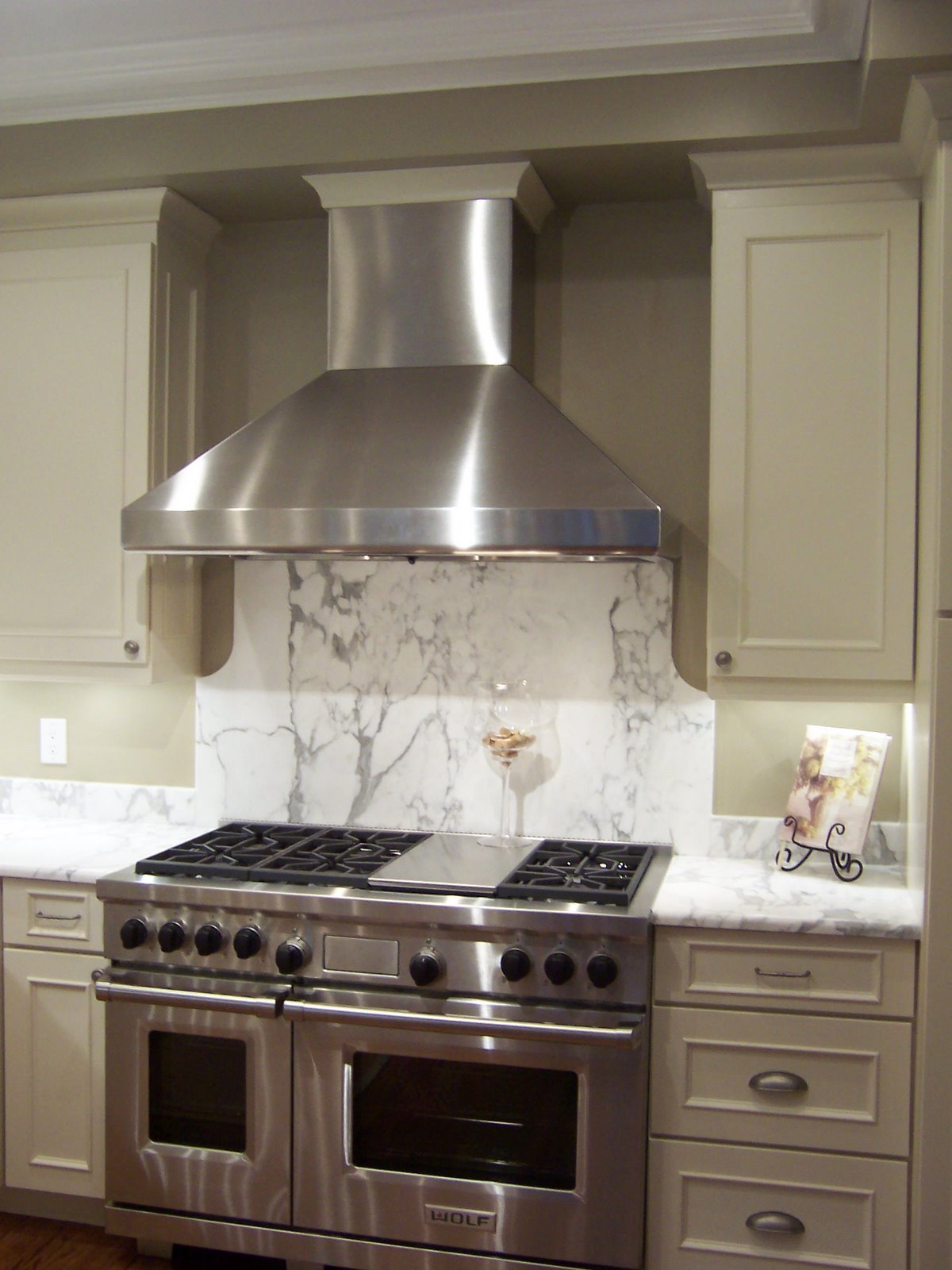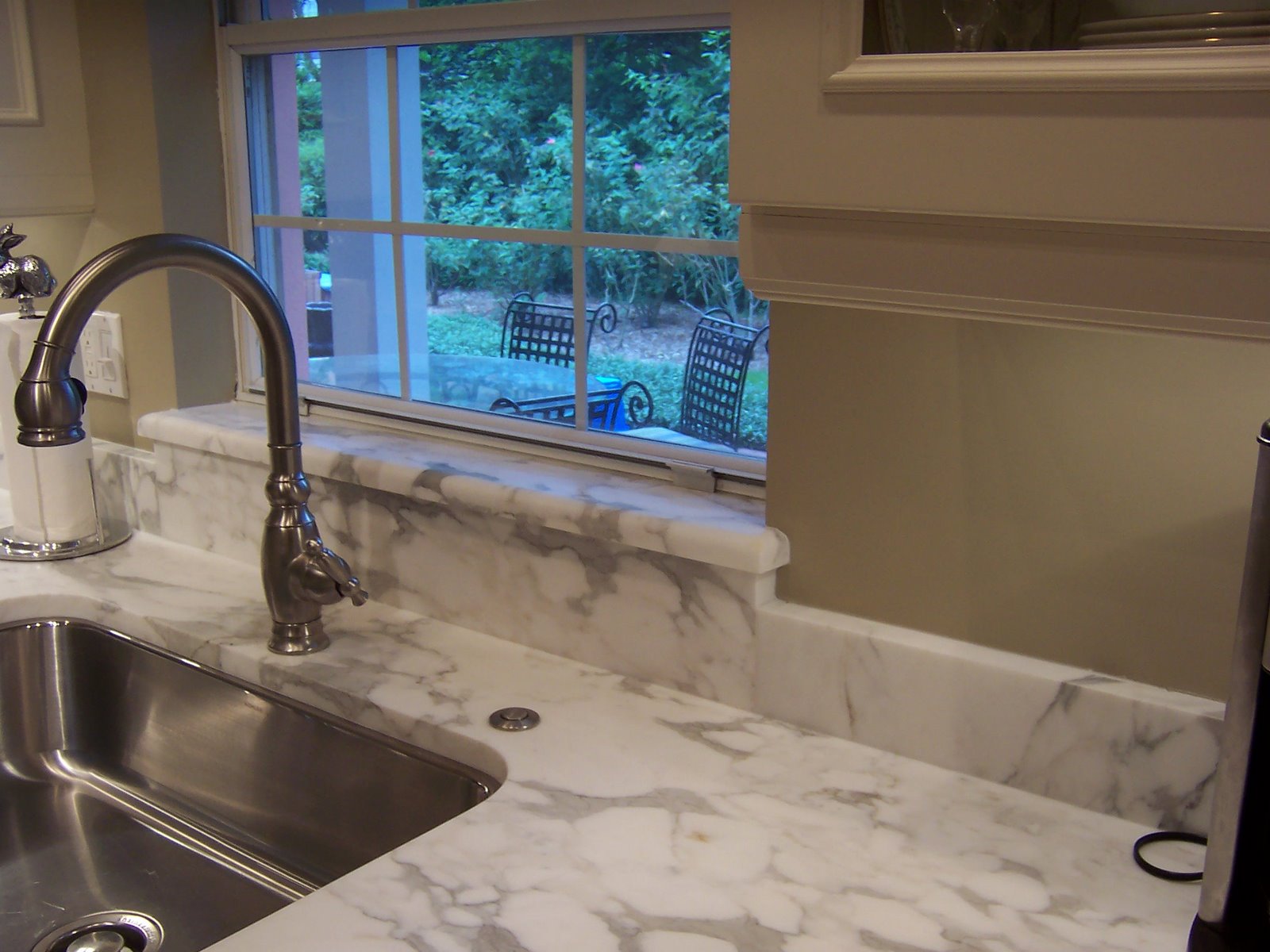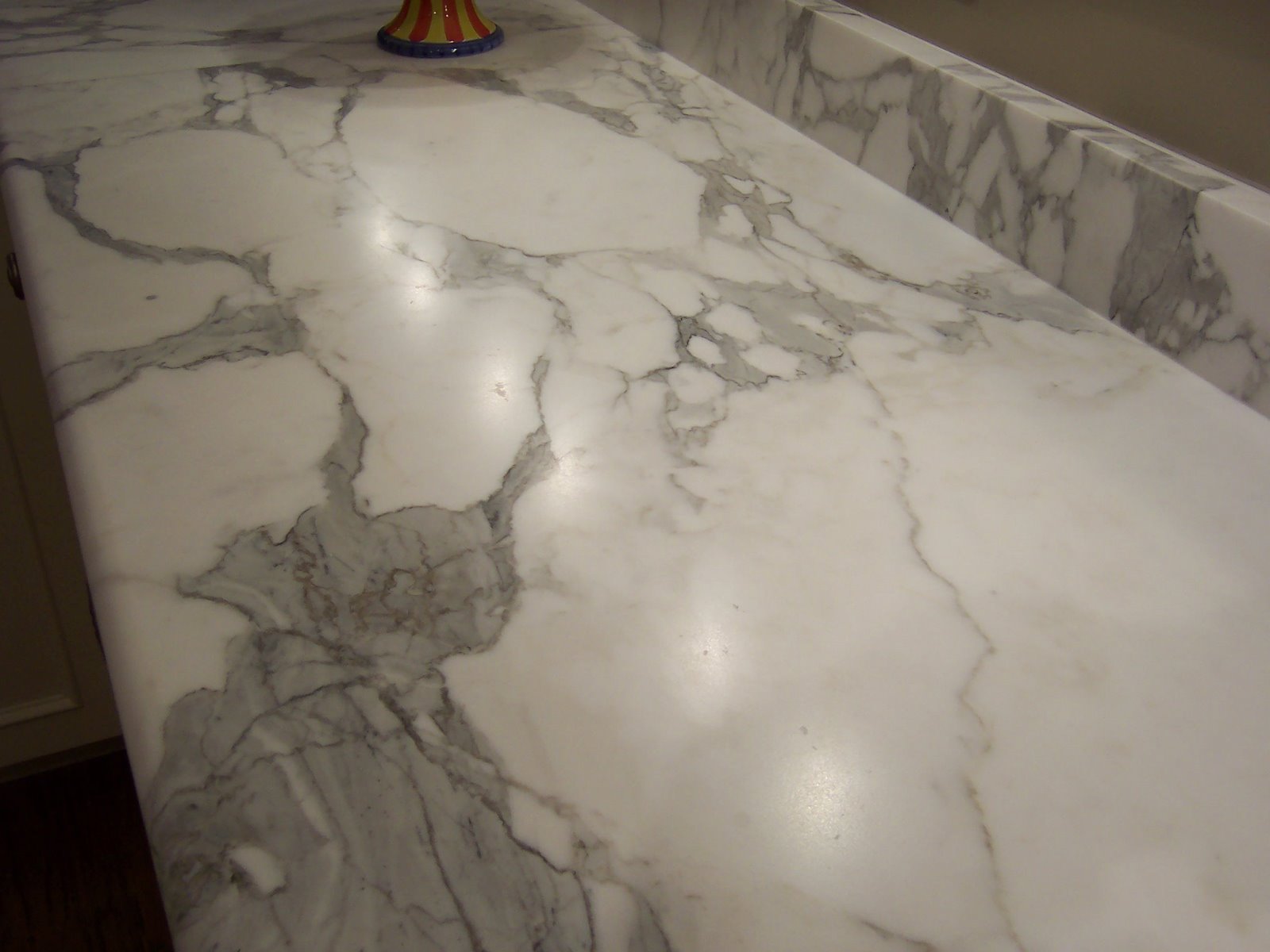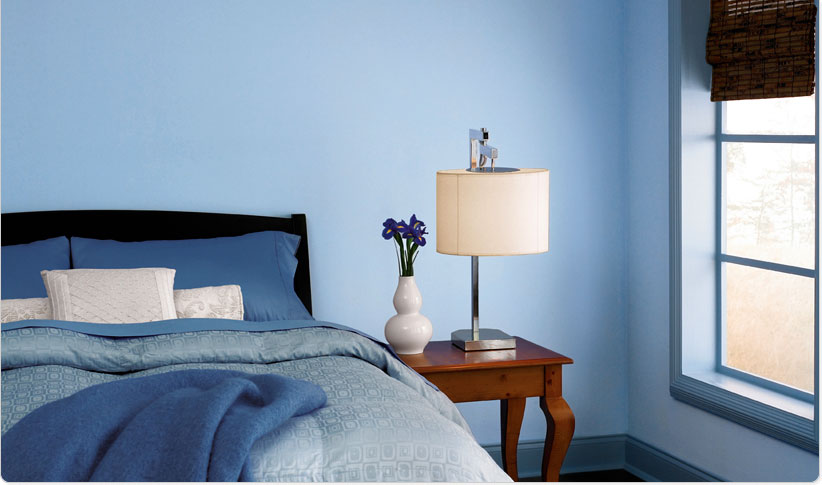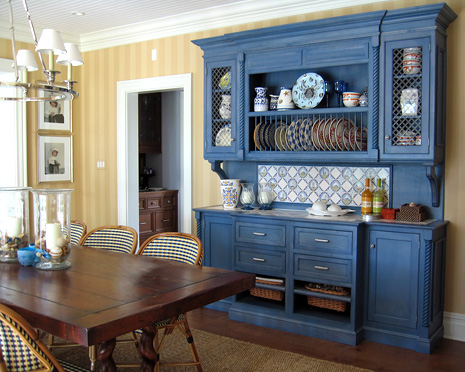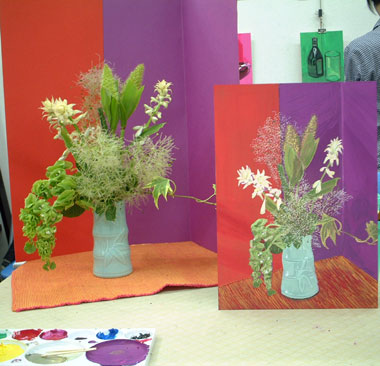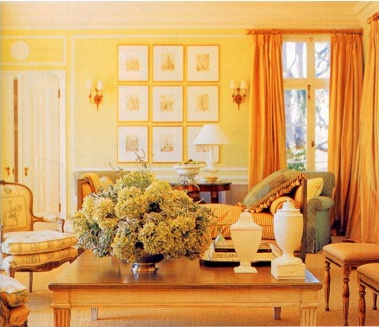What I left out of this color wheel talk these last few days are a family of colors that don't make it onto a traditional wheel. They're there though, just hidden for most of the time. In the realm of pigment and paint,
black is what happens when you add all of the colors of the wheel together and
white is what you get in the absence of color.
Brown is the love child of two complementary colors. Because most paints have white in them, when you add all ofthe colors together, what you actually get is
gray instead of black. Anyhow; black, gray, and white are generally called
pure neutrals. Brown, tan and pastels are called
near neutrals. Sometimes, pastels get referred to as
new neutrals even though most of them are tints. Confused yet?
Don't be. When you spend some time looking at colors, eventually you can pick the component colors from the color in front of you. When you hear me or someone like me refer to a blue as having a lot of red in it or a blue with black and yellow we're not just making that up. To a practiced eye, the make up a color is obvious. This is not some rare talent people are born with. It is a skill that anyone can develop.
Anyhow, The big neutral these days is taupe and its various incarnations. Some times it's called beige, but I think of beige as a yellowy tan. Taupe is a black brown. For me, the taupes do
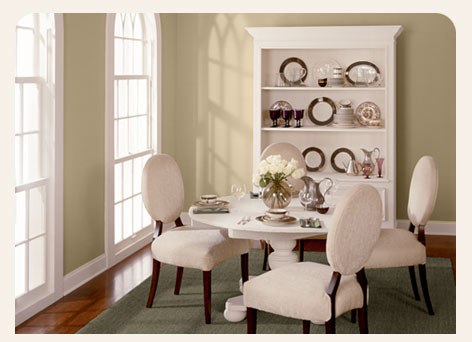
everything I want a neutral to do when I'm using it in a color scheme. And what I want a neutral to do in most cases is back up and allow me to emphasize another element in a room that's in a non-neutral hue. In the dining room pictured here, the designer put together a room that's a vision in neutrals. A lot of times an all-neutral color scheme is there to put people at ease. Since there is no single thing to concentrate on, you can take in everything more easily. If the rear wall were painted a red or a green it would draw attention to that wall and anything on it. Depending on what that
accent color is, it could make the room appear to be deeper or shallower.
In the second photo, if the hallway were painted an accent color, it could draw attention to the hall or draw further attention to the living room itself, depending on the accent color. Accent

colors are great because they allow you to use an interesting, saturated color that would be too heavy to use on an entire room. I use a lot of neutrals in my work because I love using an
accent wall. A room in an all-neutral scheme can be perfectly fine on its own too as evidenced by these two photos. They come across as being clean and uncomplicated and that's always a good thing. Shades and tones of gray can work just as effectively as the taupes shown here. Gray is an
achromatic, or pure neutral and I think people are afraid to use it. Don't be. Gray can be warm, cool, energetic or relaxing depending on the component colors inside of it.
I like to use saturated colors. Most people refer to saturated colors as dark colors, but I don't like to use the D word. My love of saturated colors is not always shared by my clients and so if prompted, I can turn it down. Tints of hues such as red, blue and yellow can function as neutrals too. As with the achromatics and the near neutrals, the point of them is that they blend with most of what's around them.
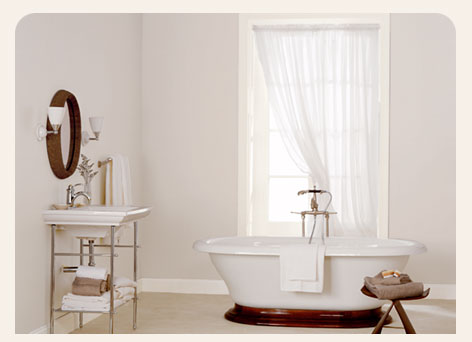
Here is a red neutral.
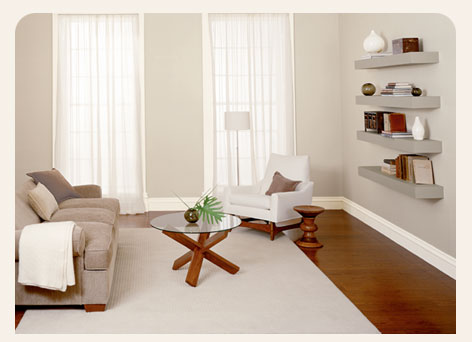
Here is a yellow neutral.
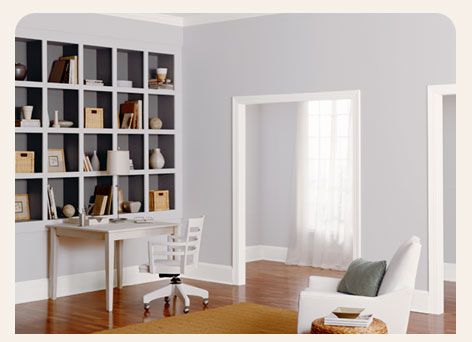
Here is a blue neutral.
Neutrals needn't be ho-hum or the last refuge of the indecisive. Neutral schemes can be interesting and lively too. In the kitchen shown to the right, the chocolate brown walls are a terrific counterpoint to the white

cabinetry. The stark white cabinetry has a marble counter that's acting as a buffer between it and the wall color. The marble in the photo is Carrera, and Carrera always has some brown in it already and in this case, that latent color in the counter is making the bridge effect of the counter even more effective. As attractive as I find that color scheme, it is not for the faint of heart and not something I'd attempt in a galley kitchen.
In the photo here, two neutrals have been joined to make a checkerboard of two yellow tints. It's pretty cool looking and as interesting as it is, it doesn't beat you over the head. Attempting a painting technique like this is
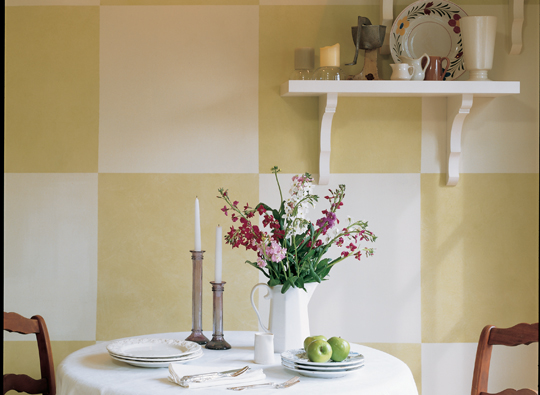
a bad idea if you don't know what you're doing. Our friends at HGTV and Lowe's want you to believe that you can do this sort of thing with no training or practice and I feel compelled to tell you that you can't. Nothing looks worse than a do-it-yourself project that
looks like a do-it-yourself project. Using masking tape to achieve an effect like this is difficult and time-consuming and it's very challenging to keep wet paint from bleeding under the tape. Checkerboard patterns and stripes only look good when the edges are sharp and clean. If you still feel like you want to do this in your home, practice (and I mean
practice) until you can achieve these effects perfectly and repeatedly. Once you've mastered it, then take on whatever you want with my blessing. Until then, faux painting is a profession for a reason. Hire someone who does this for a living and you'll be happier with the result, believe me.
 I heard composting toilet and flashed back immediately to the pit toilet of my childhood. But I kept watching, despite my negative associations. It turns out that a composting toilet is nothing like a pit toilet. It is an odorless, closed system that turns human waste into fertilizer. Most of them use no water at all, but the system the Bronx Zoo uses a tiny bit of water to generate foam from biodegradable soap. This foam allows a foam-flush composting toilet to look and behave like a conventional toilet. The image above and to the right is how one looks, and below is a diagram that shows how it works.
I heard composting toilet and flashed back immediately to the pit toilet of my childhood. But I kept watching, despite my negative associations. It turns out that a composting toilet is nothing like a pit toilet. It is an odorless, closed system that turns human waste into fertilizer. Most of them use no water at all, but the system the Bronx Zoo uses a tiny bit of water to generate foam from biodegradable soap. This foam allows a foam-flush composting toilet to look and behave like a conventional toilet. The image above and to the right is how one looks, and below is a diagram that shows how it works.
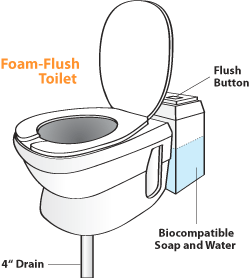 Our society expends tremendous resources securing a safe, clean water supply for everyone. Then as individuals, we turn around and flush 40% of that clean, safe water down the toilet. If that weren't wasteful enough, the resulting effluent needs to be treated at more great expense only to be dumped into nearest body of water after the solids have been removed. Yet no one seems to know why red tide blooms are so bad in my beloved Gulf of Mexico. This system, like so many other ones, is unsustainable. It's unsustainable economically as well as environmentally.
But there's a solution out there and utilising that solution will require that folks get over some of their squeamishness on the topic.
The system at the Bronx Zoo was installed by a company called Clivus Multrum in Massachusetts. Clivus Multrum refined and brought to market the idea of a modern, composting toilet more than 30 years ago. Clivus also invented the foam-flush toilet.
Our society expends tremendous resources securing a safe, clean water supply for everyone. Then as individuals, we turn around and flush 40% of that clean, safe water down the toilet. If that weren't wasteful enough, the resulting effluent needs to be treated at more great expense only to be dumped into nearest body of water after the solids have been removed. Yet no one seems to know why red tide blooms are so bad in my beloved Gulf of Mexico. This system, like so many other ones, is unsustainable. It's unsustainable economically as well as environmentally.
But there's a solution out there and utilising that solution will require that folks get over some of their squeamishness on the topic.
The system at the Bronx Zoo was installed by a company called Clivus Multrum in Massachusetts. Clivus Multrum refined and brought to market the idea of a modern, composting toilet more than 30 years ago. Clivus also invented the foam-flush toilet.
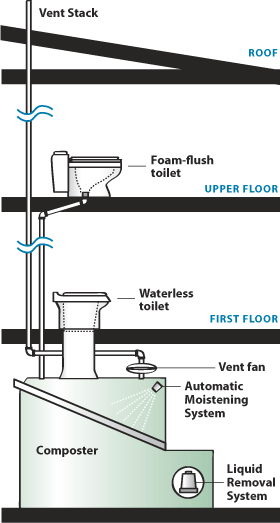 How their system works is pretty simple and straightforward. Human waste is kept in an enclosed chamber and time, biology and gravity work together to turn that waste into fertilizer. There's no stink, no mess, no polluted groundwater, no expenses related to what to do with it. Not to get all granola or anything, but what it does too is return to the soil the nutrients you didn't need.
There is a whole subculture out there dedicated to composting toilets I'm learning, and a clearinghouse for information on the subject is a website called Composting Toilet World. That sounds like the name of a particularly spooky campground or something, but they have some really great information and resources.
Now I love the idea of a dual-flush toilet, but the idea of a composting toilet takes the idea embodied in a dual-flush and takes it to an extreme the purist in me loves. All Hail Clivus Multrum!
How their system works is pretty simple and straightforward. Human waste is kept in an enclosed chamber and time, biology and gravity work together to turn that waste into fertilizer. There's no stink, no mess, no polluted groundwater, no expenses related to what to do with it. Not to get all granola or anything, but what it does too is return to the soil the nutrients you didn't need.
There is a whole subculture out there dedicated to composting toilets I'm learning, and a clearinghouse for information on the subject is a website called Composting Toilet World. That sounds like the name of a particularly spooky campground or something, but they have some really great information and resources.
Now I love the idea of a dual-flush toilet, but the idea of a composting toilet takes the idea embodied in a dual-flush and takes it to an extreme the purist in me loves. All Hail Clivus Multrum!

